Warhawk Nation Adapts to Online Learning Out of Necessity
Students are now spending more time working online since the COVID-19 pandemic forced schools to close to in person instruction on March 13th.
April 21, 2020
In the digital age of today, many students and teachers alike have witnessed the prevalence of technology in schools increase. With increases in internet accessibility, the variety of platforms and resources, and flexibility in the new world, online learning has become a common option of education. Great Crossing High School has implemented Google Classroom, Remind, and Zoom easily into its education options. While these have been used all year, they have become very valuable in the midst of the COVID-19 crisis, as students have had to complete their work from home and teachers had to find a method to reach students beyond the classroom.
Online learning has been greatly favored this school year. Platforms such as Google Classroom and Remind allow for streamlined submission and availability of work that can ease clutter for both students and teachers. This organization is one of the most highly favored components. English teacher Leslie Murphy is using Google Classroom for the first time this year and has been pleased with it and how it is helpful. “For some students, online learning helps with their organization because the platform keeps their materials organized. Notes, assignments and completed work are all in one location,” Murphy said.
Moreover, online learning has allowed for easy communication despite the enforced isolation of the COVID-19 crisis. Messaging on Remind, digital comments on papers, and more have all kept teachers and students in touch. One favored platform has been Zoom, which allows teachers to video chat with their classes for face-to-face interaction. “Zoom is easy to use and has been really nice during the quarantine,” senior Sydney Fitzpatrick shared, using it for her AP Psychology class. “It was great to actually see a teacher and some peers!”
Jessica Hickerson, GCHS schoolguidance counselor, has oversaw many of the benefits that online communication has brought to GCHS. The guidance program was one of the main implementers of the swift transition to technology, and they help students and educators alike daily to make this an easy and effective adaptation. She expressed, “I think our school has benefited from the use of online learning/communication greatly. Our staff has learned so many new and different technology strategies because of this time, and I know that many of those strategies will continue to be utilized once we are back in school again!”
However, despite its benefits, online learning posts numerous drawbacks. The main complication is accessibility; not all students have Internet access or usable technology at home, leaving many students isolated. Tatum Willis, senior, has no WiFi at home, which makes online learning a poor option for her. “I rely on my phone hotspot to get the WiFi I need, and because of coronavirus social distancing, I can’t go to the library to work, so I often have to work off my laptop in parking lots to try and access WiFi. Luckily I do have limited access to the resources I need. I can’t imagine how much harder it must be for other students”.
Teachers also struggle sometimes with this lack of accessibility. Jennifer Beckett, a GCHS English and French teacher, lives in a rural area where high speed Internet is not readily available. “During the coronavirus NTI days, I’ve mainly relied on Remind and email to contact students. However, I live way out in the country, so I have really limited data,” shared Beckett. “I use our family data for email and Infinite Campus. I use my phone plan data to look at Remind texts and assignments. We have purchased extra data multiple times since the NTI days started, and I know I am lucky that we are able to purchase more data. Not everyone has that luxury.”
Problems also arise with the lack of personal contact. Many students need physical accountability to remain on track, and many teachers find it easier to teach in person which makes navigating the path of online education difficult. Although this problem became unavoidable during the COVID-19 NTI days, it left many GCHS students and staff making a hard adjustment to this new education pathway. “I have to self teach, and it’s confusing and hard to do,” Fitzpatrick admitted. “I have to email or Remind message teachers if I need help, but even with that, they can’t really help like normal.”
Many teachers have found themselves missing the classroom, as online learning cannot match the experience and benefit of working face-to-face with their students. “The best part about teaching is being able to interact with students,” Beckett explained. “My limited internet makes that more challenging, which is frustrating. Staying home is clearly the right thing to do now, but I miss my students.”
Online learning poses both its benefits and detriments, and GCHS has seen both sides this year, both in the classroom and out with the coronavirus NTI days. “I know online learning has helped many students feel more comfortable with their NTI work, and has allowed us to stay connected as a big GCHS family, even remotely,” added Hickerson. “My main advice is to not stop working and communicating, even if you are frustrated. We are relying on digital learning and communication, and we should keep taking advantage of these opportunities!”
As the future progresses, an openness to technology is critical to adapt to our modern world. GCHS has had its beginning with online education as an option, and as a new school in the new digital age, many more online opportunities will rise.

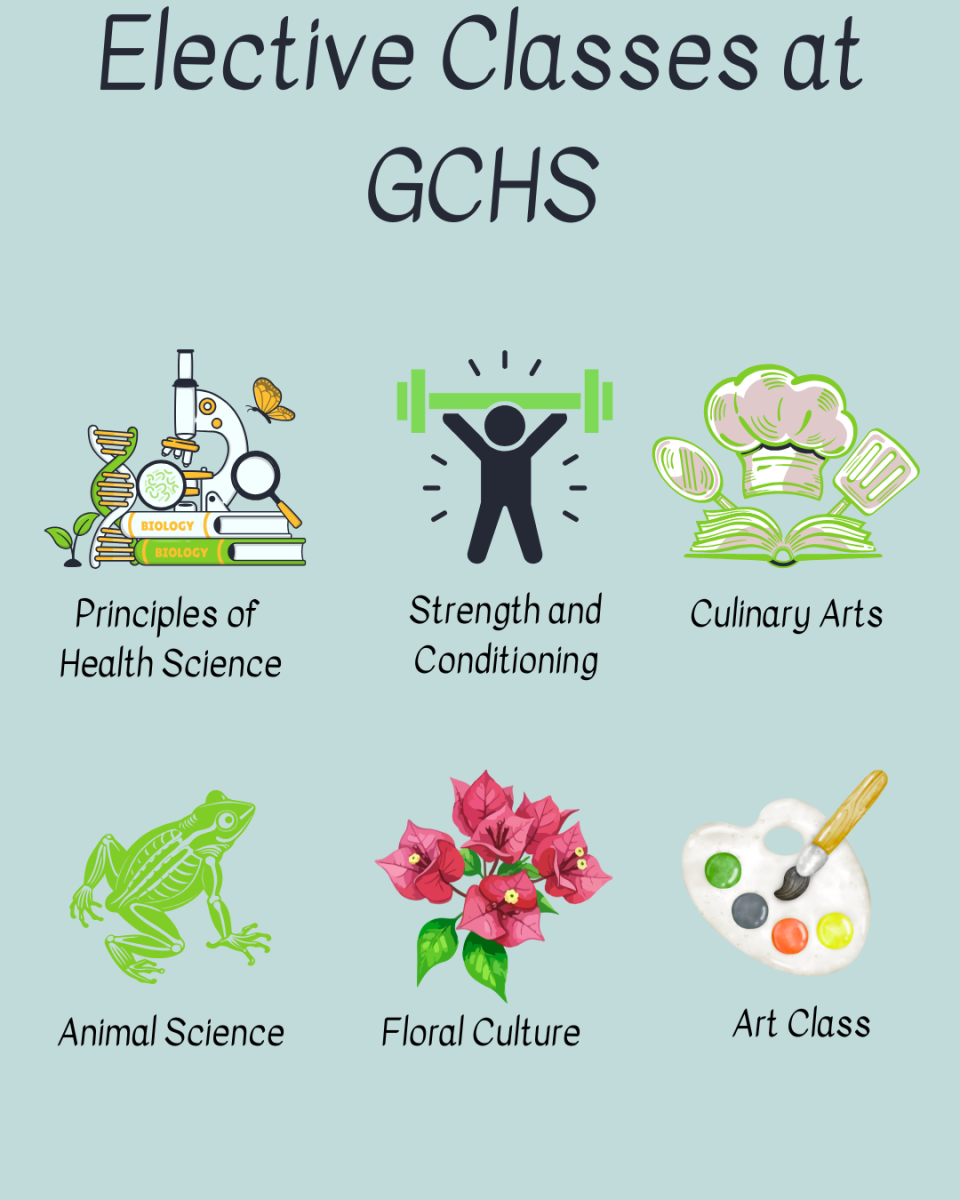










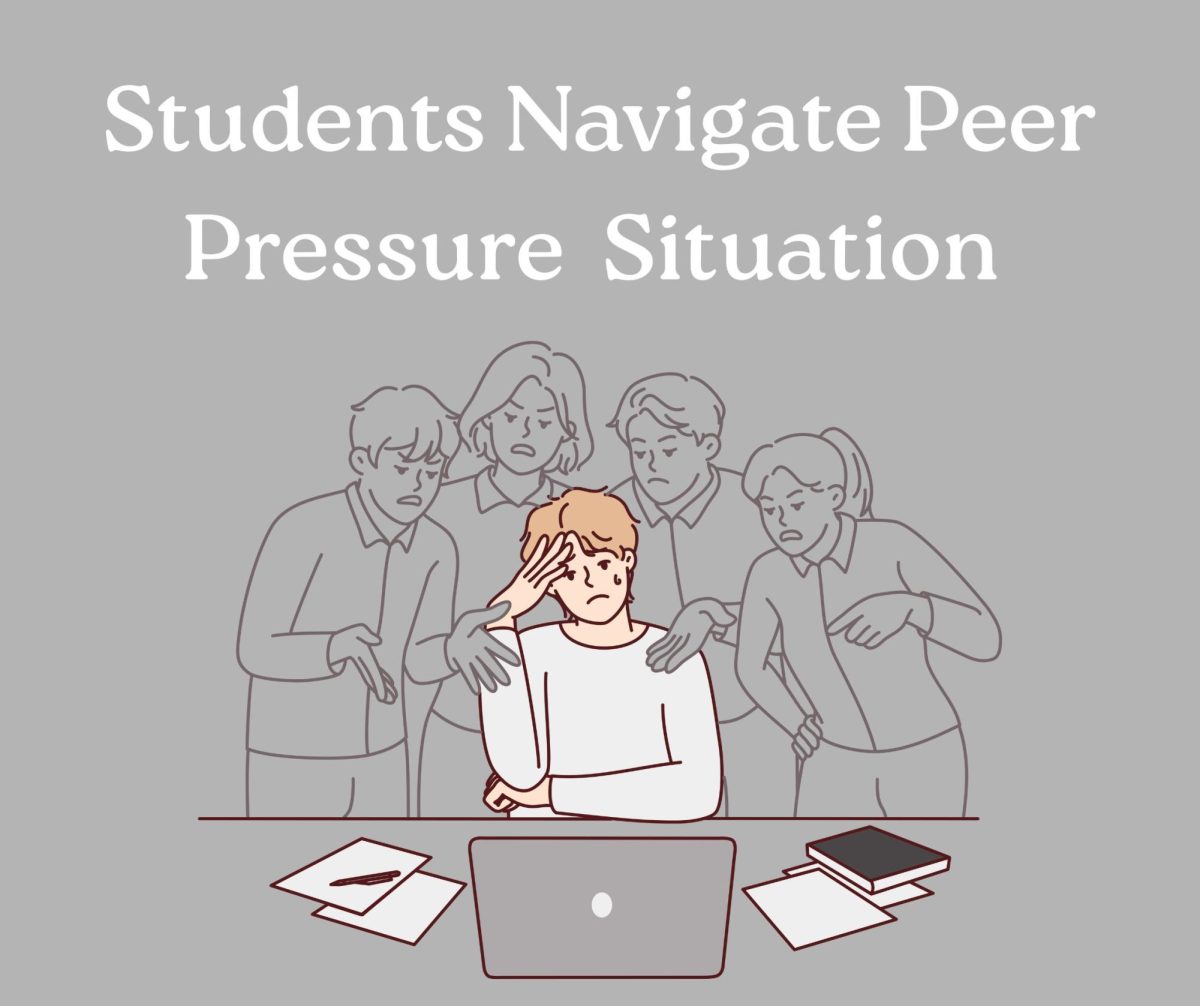

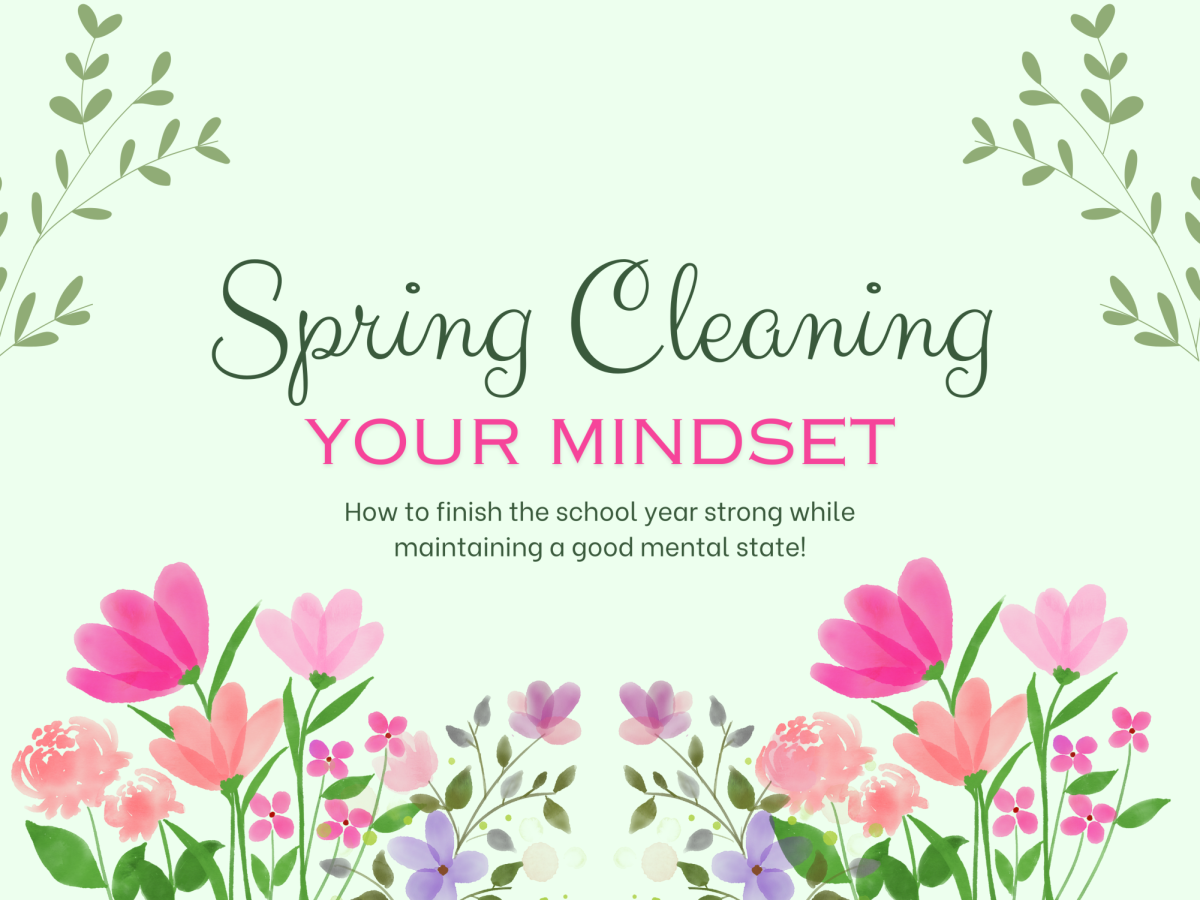


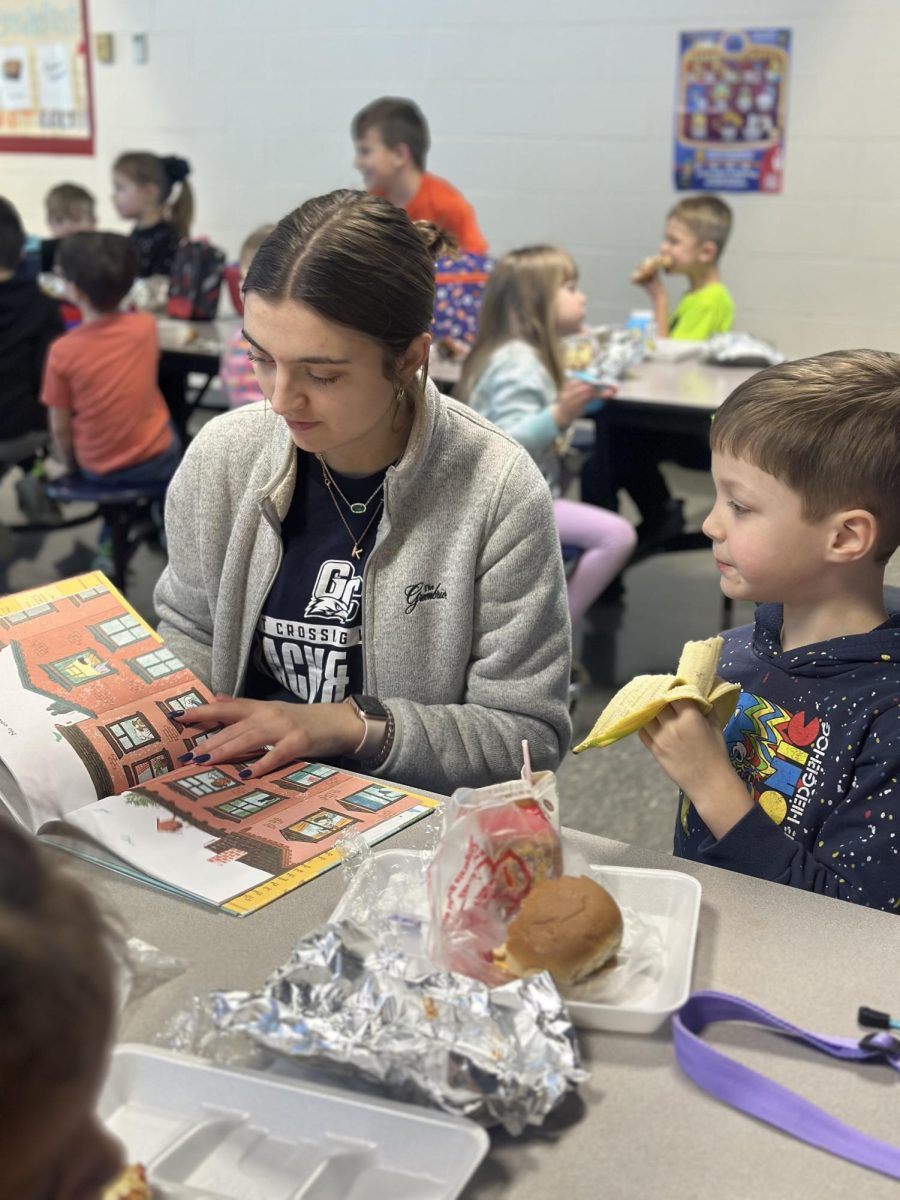
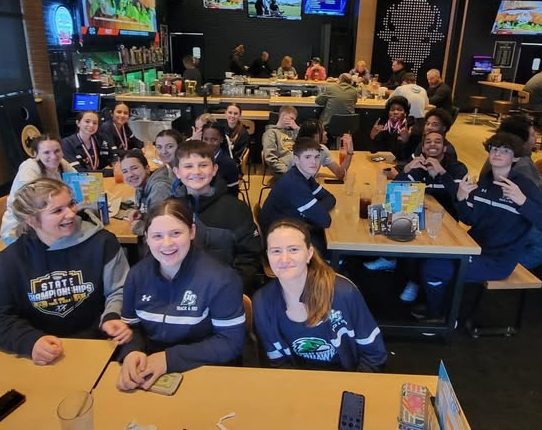





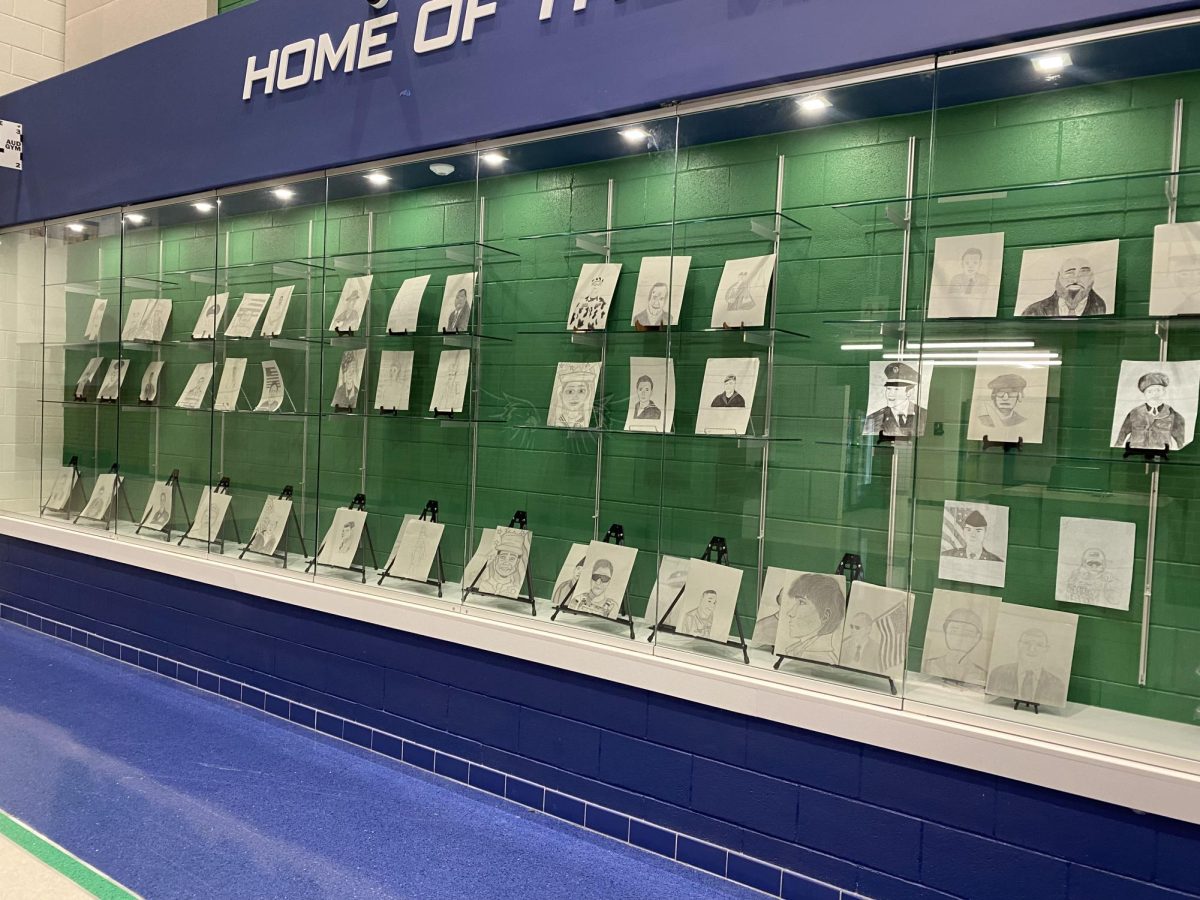





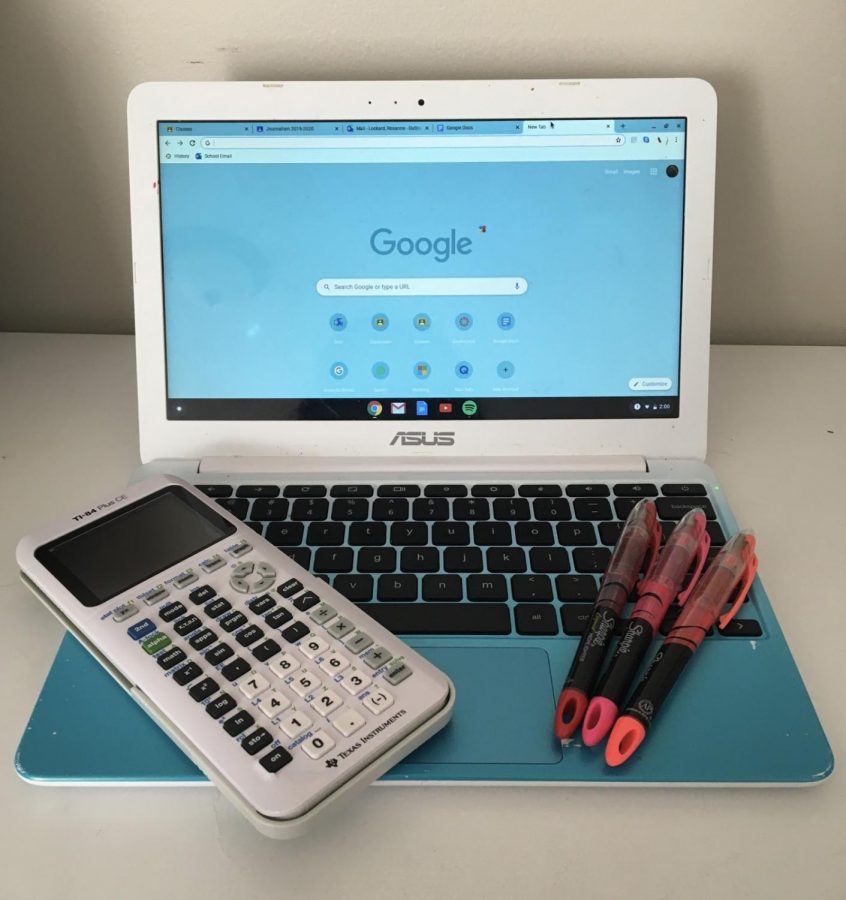






Valerie Maynard • Feb 9, 2021 at 12:03 pm
You so beautifully and eloquently lay out the benefits and disadvantages of online learning. Your writing style is very advanced – I truly enjoyed reading this and related to many points that were made!
Jacqueline Lockard • Apr 21, 2020 at 10:05 am
Well presented discussion of the “growing pains“ of online instruction.